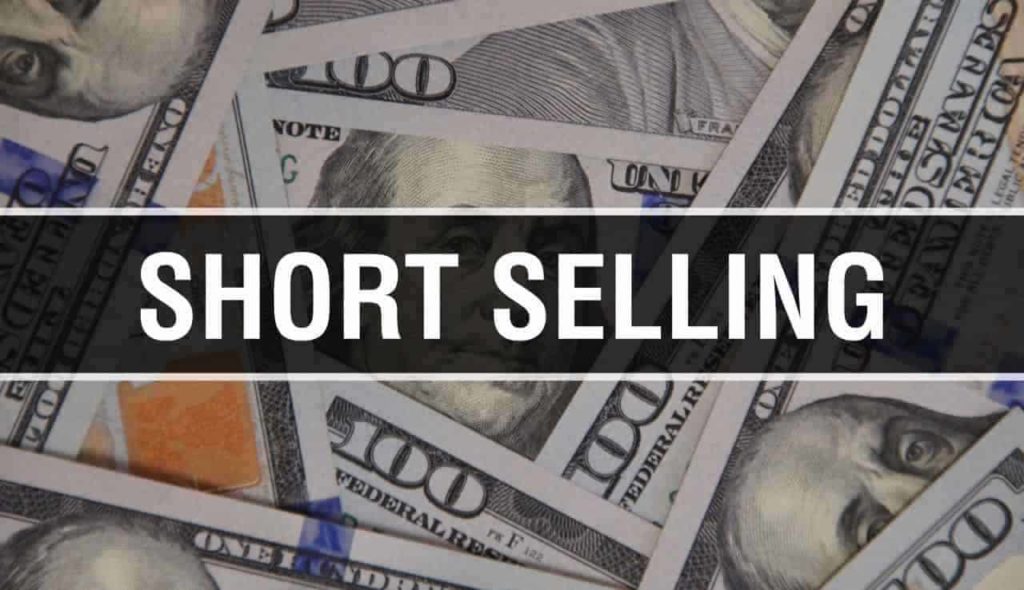The stock market, on the whole, wasn’t rewarding for those who weren’t patient this year.
U.S. short sellers lost a combined $146 billion in 2023, as per data provided by Ortex.
Despite facing earlier losses, the market witnessed a surge, especially in the fourth quarter, driven by expectations around the U.S. Federal Reserve’s monetary policy. Investors speculated that the Fed might pause or reverse its interest rate hikes, leading to an overall market uplift. Consequently, the stock index rose by 22.9% year-to-date, just around 2% shy of reaching a new all-time high.
Why the short seller tactic was an issue in 2023
Expecting a prolonged market decline, short sellers were caught off guard when the S&P 500 Index staged a comeback, marking its most significant rally since July 2022. Short interest increased by $9.8 billion over the year, indicating investors hesitated to back their bearish wagers.
The immediate and severe consequences resulted in mark-to-market losses surpassing $80 billion in November.
One of these individuals is Michael Burry. When the renowned investor acquired the put options on November 14, the price of iShares PHLX (SOXX) was approximately $508. As of December 19, the ETF‘s share price has risen to $567.7, marking a one-month gain of over 11% and reaching its highest level.

Despite the potential for high returns, short sellers in 2023 have grappled with the unpredictable nature of the market, leading to substantial collective losses as the market defied its bearish expectations.
Careful risk management is crucial. However, when employed judiciously, short selling can broaden your investment exposure, allowing you to achieve more favorable returns than individuals who solely hold stocks and other investments.








